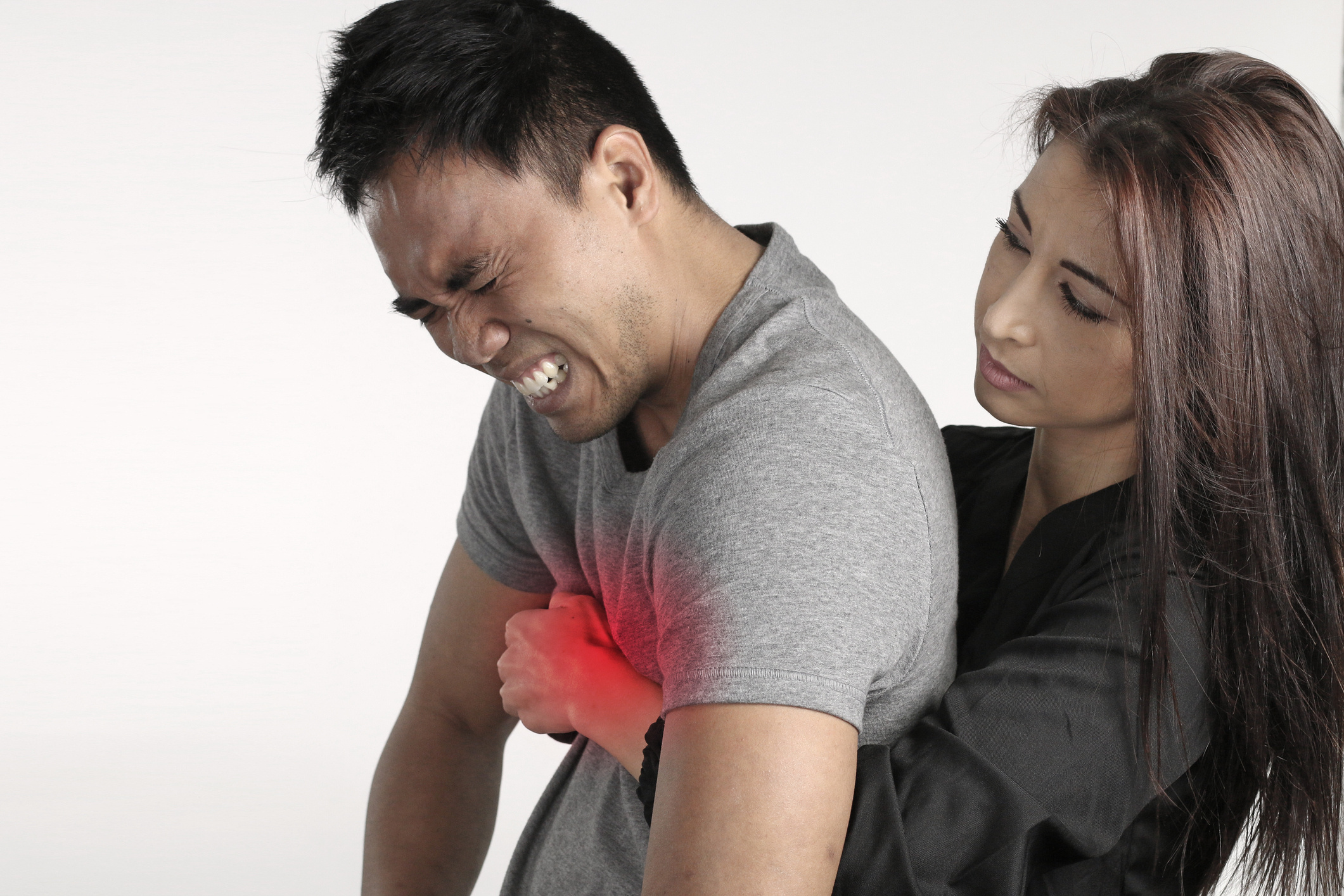
Yeşim Erçetin Özgürel
She has been working as an emergency medicine specialist at Anadolu Medical Center since 2009.
Speciality
- Disaster medicine and trauma
- Toxicology
Education
University
Uludağ University, Medical School, Bursa 2001
Specialty education
Akdeniz University First And Emergency Aid Specialist, Antalya 2005
Institutions Worked At
Yeşim Erçetin Özgürel, MD, was born in 1976 in Edremit. After her specialty education, she worked at Acıbadem Bakırköy Hospital and Medical Park Hospital. Özgürel, MD, has been working as an emergency medicine specialist at Anadolu Medical Center since 2009.
- Turkish Emergency Medicine Society
- Turkish Medical Association
- Member of Emergency Medicine Journal
- Turkish Emergency Medicine Training Program (attended as a trainer)
- Family Planning, IUD application certificate.
- 7th Emergency Medicine Symposium of Turkey and 3rd Emergency Nursing and Paramedic Symposium
- The Pennsylvania State University Emergeny Trauma CareCourse
- Turkish Emergency Medicine Training Program, Trainer’s Training Course
- 2nd International EurAsian Congress for Emergency Medicine (EACEM) and 6th Emergency Medicine Congress of Turkey
- Basic Life Support Course
- A Multidisciplinary Approach to Child Abuse
- EUSEM 2012 7th European Emergency Medicine Congress
- Basic Life Support
- Pediatric Resuscitation Training
- 1st International Critical Care and Emergency Medicine Congress
- European Resuscitation Council ALS PROVIDER COURSE
Euro Journal of Emergency Medicine, Analysis of Factors Affecting Emergeny Physicians Decisions in the Management of Chest PainPatients, 2006.
Emergency Medicine Journal, Factors and Demographic Characteristics that Determine Mortality in Upper Gastrointestinal System Hemorrhage, 2005.
The third mediterrannean emergency medicine congress, The role of thewhite blood cell count and absolute neutrophil count in the diagnosis of acute coroner sendromes, 2005.
Featured Cancer Articles
- 6 Nutrition Tips for Those Who Fast
- What is Disease X (Virus X)?
- How Does Cancer Form?
- What is an Ovarian Cyst?
- What is Cervical Cancer?
- What Are the Symptoms and Treatment Methods of Testicular Cancer?
- Symptoms, Diagnosis, and Treatment Process of Bladder Cancer
- Liver Cancer
- What is Stomach Cancer? What are Its Symptoms and Treatment?
- Thyroid: What is it, Symptoms, Diagnosis, and Treatment







